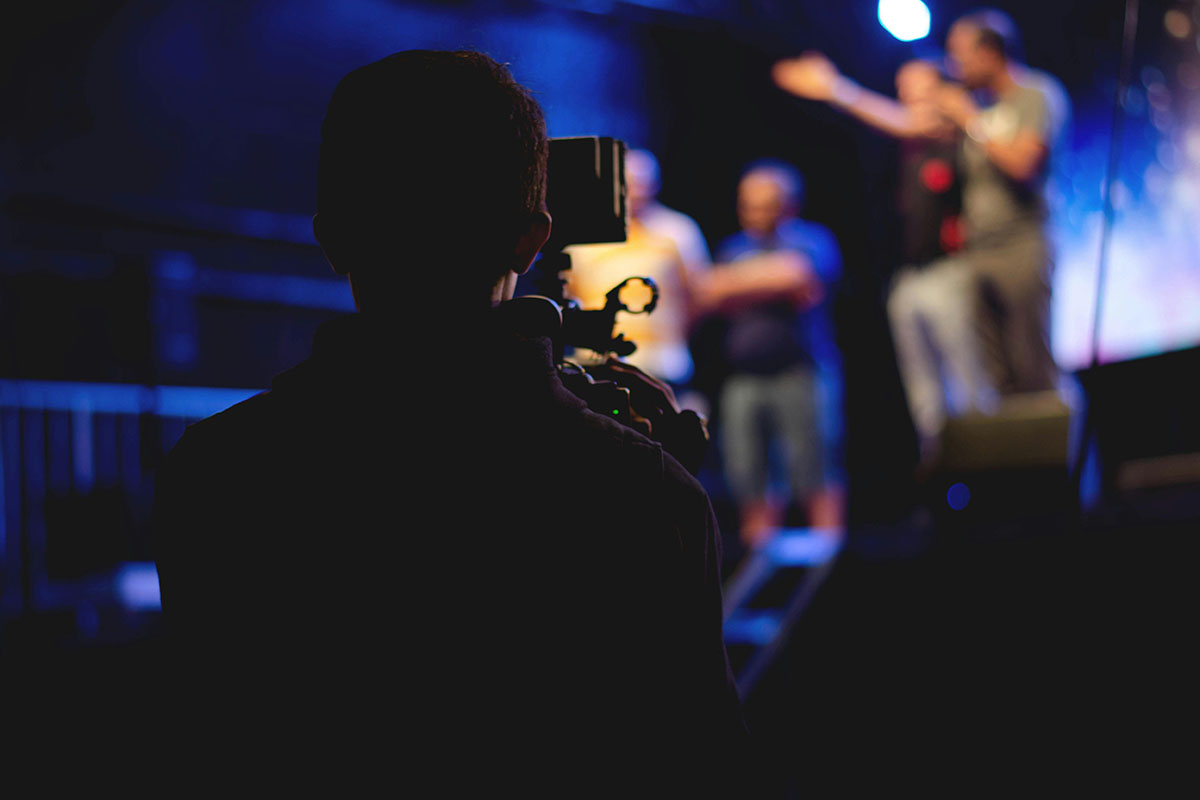What Does It Take To Shoot A Commercial For Your Business?
If you’re looking to get as many eyeballs on your business as possible and to use the media that is statistically the most effective at getting them to convert, then creating a video advertisement might just be the strategy that you need.
However, shooting an advertisement isn’t always easy, not even nowadays where a lot of people have relatively powerful cameras in their smartphone.
Here, we’re going to look at what plans you should put in place before you shoot your commercial, as well as when you might need a little help.
A budget for the project
You have to understand that even if you’re using what resources are already available to you, you’re likely going to need some kind of budget to complete the shooting process. Filming a professional-looking video, even a relatively short one for a commercial, can be a costly process.
You can cut some of those costs by handling some elements of the production yourself, but the more ambitious your idea, the more that you’re likely going to have to pay. As such, consider keeping the idea of the commercial to scale with what money you’re willing to spend on it.
Putting the idea together
Before you can shoot anything, you need to have something in mind to shoot in the first place. It all begins with the clear concept or idea that your commercial is based on.
It can be a simple demonstration of the product with some stylization, a focused brand message, or even something more abstract. From there, you need to create a detailed script, complete with any dialogue, action, or voiceovers, as well as direction for what image is going to be on the screen at the moment and how they’re going to be presented.
You can also storyboard this part of the commercial.
The people who will be in the commercial
You have to find the right actors or models to fit the various roles in your commercial. It may be possible that you have no need for any other people to appear in your commercial and that you’re solely going to be filming objects, locations, or otherwise.
Of course, if you intend to have a voice-over, then you likely want to hire a professional voice-over artist to provide the audio you need. Otherwise, you should take time to organize auditions for the roles in the video or get in touch with casting agencies to hire people directly.
The equipment that you need
You’re going to have to find the right equipment to record and edit the commercial. You might well have a decent camera on your smartphone, but that alone is not going to be enough. Equipment to help you steady and move the shot professionally, such as a tripod may be necessary.
You also have to consider the equipment that sets the scent, like 600c II lighting equipment, sound-capturing equipment, and more. Another piece of equipment you might need to invest in is the editing software to help you put it all together, though there are free options out there.
Planning out the shoot
Once you have all of the resources you need, you have to put the shoot all together. First of all, scout and secure locations that align with your commercial’s setting, obtaining any necessary permits for filming in public or private spaces.
Plan a detailed shooting schedule, accounting for all scenes, setups, and transitions, and be sure to coordinate with the crew and talent to ensure everyone is available and prepared.
You want to have a full production schedule planned out, as going over time can result in going over budget, as well.
The right crew
Aside from the equipment mentioned above, you’re going to need to assemble some form of production crew.
This will include people to operate the cameras and set up the other staging equipment, such as a sound technician and a lighting expert, as well as a director to carry out the shooting process and an editor to put it all together afterward.
You may be able to DIY some of these roles yourself, but at some point, if you lack the expertise and experience, you may want to consider working with a video production company.
How much of your commercial you decide to DIY is up to you. A certain degree of artistic direction and technical competency are required to make it work, there’s no denying that.
However, you might have a team that can pull it off. Otherwise, look into the different levels of professional help you can get.




















